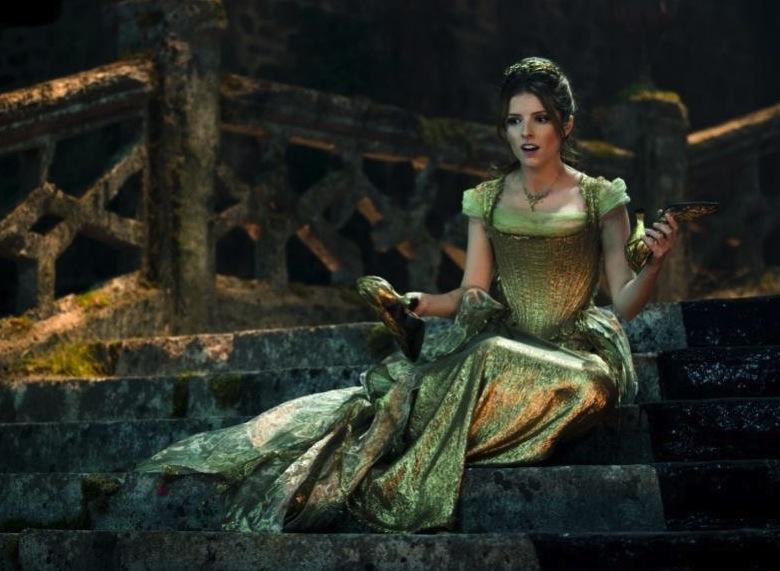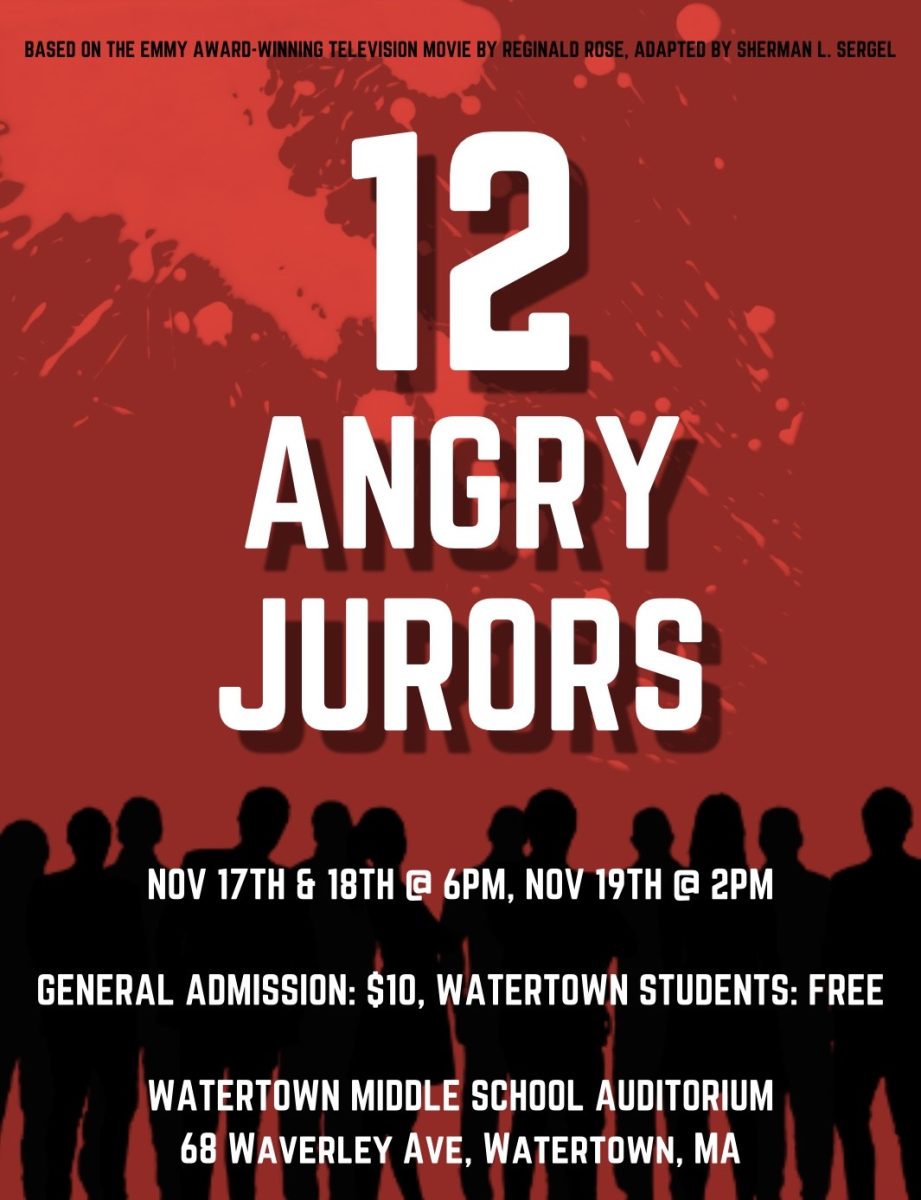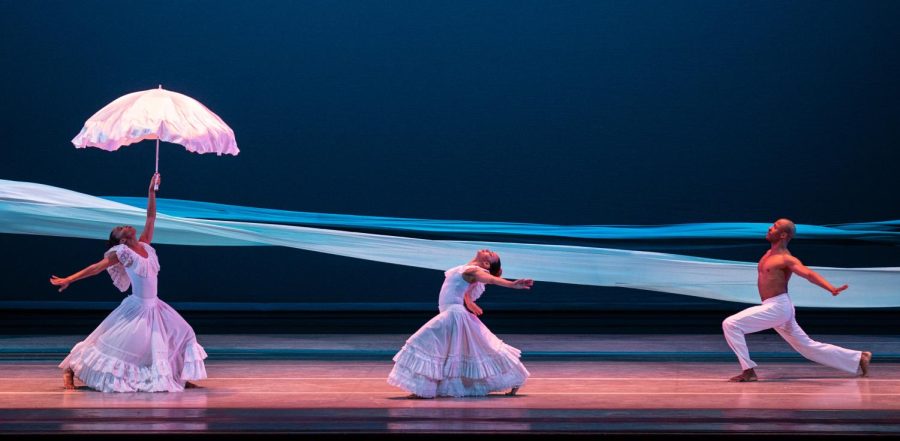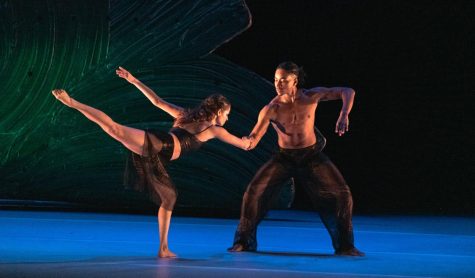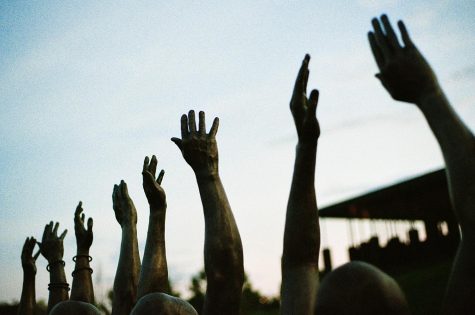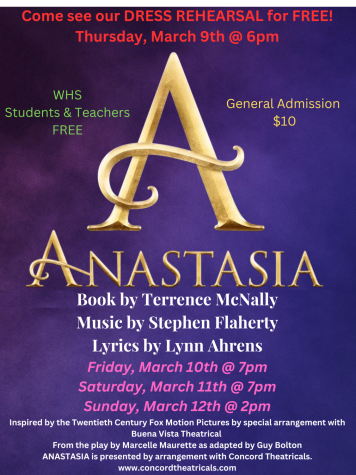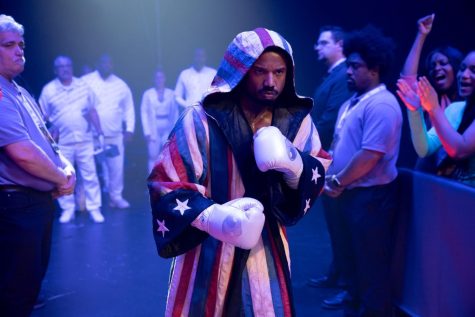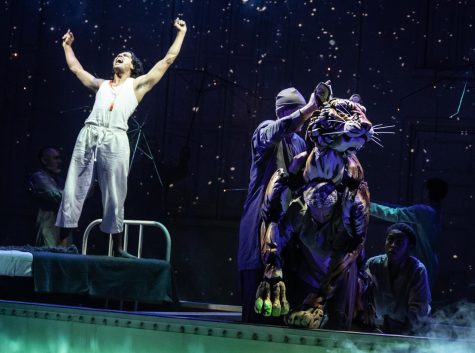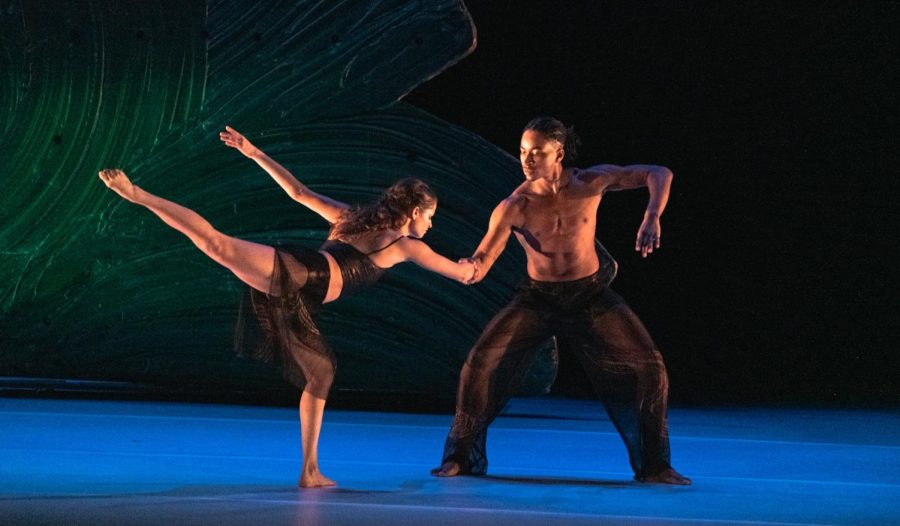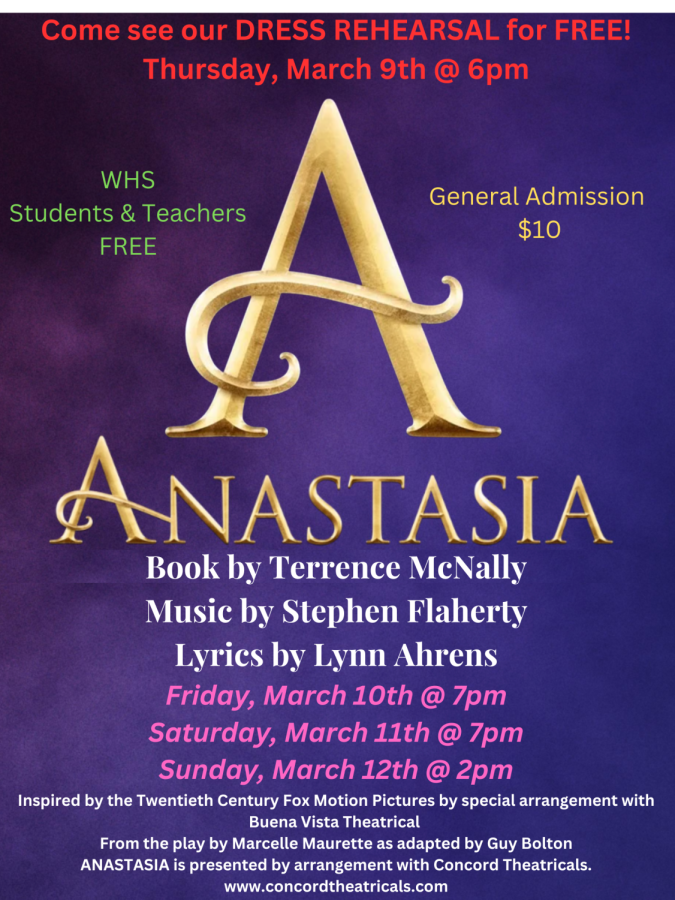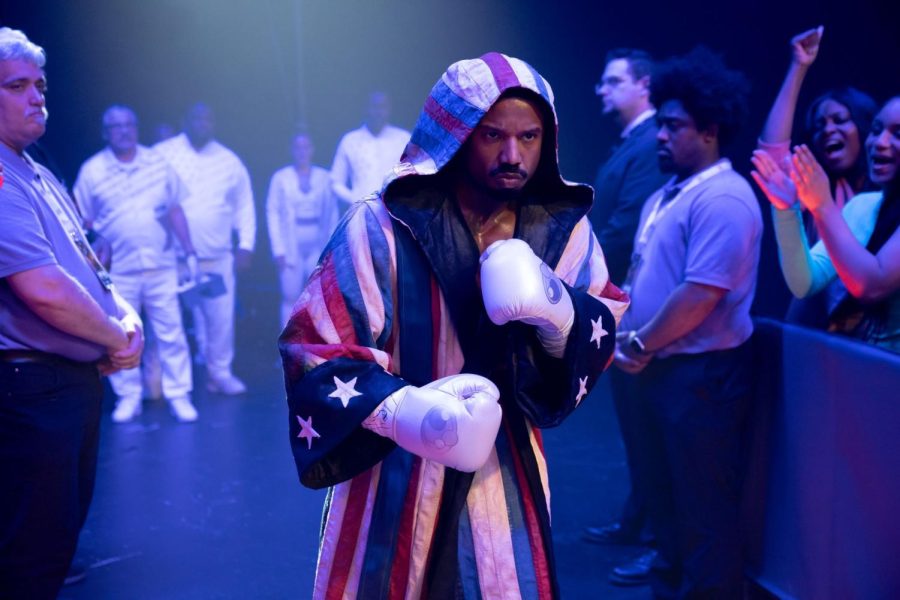“Into the Woods” surpasses the original on big screen
Disney finds graceful balance in filming Sondheim’s celebrated musical
Raider Times photo / Courtesy of Walt Disney Studios
In the movie version of “Into the Woods,” Anna Kendrick’s Cinderella sings “On the Steps of the Palace” — a song that has been altered for the better.
February 22, 2015
On Christmas Day 2014, the long-anticipated movie adaptation of Stephen Sondheim’s classic musical “Into the Woods” hit theaters nationwide. Before the release of the movie, musical theater fans everywhere fretted over Disney’s announcements that plot changes would be made in order to tone down the dark and adult themes of Sondheim’s original work. But as someone who has performed in the show, as well as seen professional productions, I can honestly say I walked out of the movie theater in complete approval of the final product.
The comeback of the movie musical arguably began with the immense success of “Chicago” in 2002. Much to the delight of the musical theater community, including myself, the pace has picked up over the years with new productions such as “Annie,” “Les Miserables,” “Hairspray,” and “Sweeney Todd,” and even more on the horizon.
Now, I’m as suspicious as the next person when it comes to page (or stage) to screen adaptations, and I’ve said a thousand times that “the book is always better”. But in this case — probably because Sondheim worked so closely with Disney during the making of the film — version 2.0 doesn’t disappoint at all.
As Anna Kendrick (“Pitch Perfect,” “The Last Five Years”) who plays Cinderella described her experience in the recording studio in an interview with Playbill, “[Sondheim] was around giving me new lyrics, and I stood there and tried not to mess them up! That was obviously really exciting to realize that the material was still living and breathing and that I got to be a part of a song that was changing for the film adaptation.”
Kendrick’s solo, “On the Steps of The Palace”, was one of the most noticeably altered songs; Sondheim’s new lyrics almost outnumbered his old ones. In the film version, Cinderella has a more general, and more humorous, take on her situation. Lyrics such as, “So then which do you pick: Where you’re safe, out of sight, And yourself, but where everything’s wrong? Or where everything’s right, But you know that you’ll never belong?” provide the audience with a much more transparent and relatable character, one that they are more likely to be able to identify with.
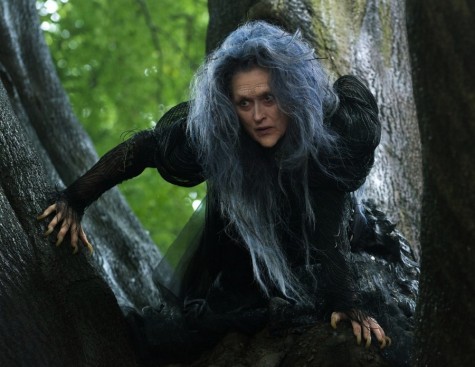
As the Witch In the movie version of “Into the Woods,” Meryl Streep is well deserving of her Academy Award nomination.
While some fans lamented the changes made to tone down the adult themes of the movie (for example, Rapunzel’s death is cut out, making the Witch’s suicide far less poignant), I felt the concessions made in order to make the film shorter and accessible to a wider range of audiences were very reasonable. Disney by no means transformed “Into the Woods” into a glittery, all-ages family classic; the film still features many dark themes and concludes with a substantial number of characters dead. Besides, as anyone who has attended a live performance of the three-hour-plus musical can attest to, “Into the Woods: The Movie” simply wouldn’t have been mass-marketable without significant cuts.
Disney was able to find a graceful balance; I felt that the scary and sexy parts of the plot were neither over- nor under-censored. The central themes of the songs and the story still shone through, even though the storyline was altered in several significant ways.
One of the high points of the film was undoubtedly the duet between the two princes; Chris Pine and Billy Magnussen were an absolute delight in their incredibly funny performance of “Agony”. Meryl Streep was also incredibly wonderful as the Witch; her solos “Stay With Me” and “Last Midnight” were skillfully acted and beautifully sung, warranting her a well-deserved Academy nomination.
Though it was wonderful to see a mix of well known American as well as British actors, it was slightly off-putting that some had purely British accents (such as Emily Blunt and Daniel Huttlestone), some purely American accents (including Kenrick and Lilla Crawford), and still others couldn’t seem to decide which side they were on (like James Corden, who played the Baker).
Another more awkward aspect of the film was the portrayal of the giant’s wife. The camera shots from the sky while she was speaking to characters on the ground were fairly bizarre, and her exaggeratedly slurred and booming voice was a little bit over the top.
The woods themselves were also a little strangely dark and artificial-looking; choosing an outdoor set probably would have given the film a more natural and authentic feel, although I can also understand the valuable advantages and creative liberties that come with designing an entire set from scratch.
Nevertheless, none of these small shortcomings majorly detracted from the film, and the adaptations made to the storyline were very understandable. Though some cynics may still argue that “Into the Woods” was ruined by attempts to Disney-fy it, or make it more family friendly and therefore more profitable, the truth is that the film was an overall joy, and despite its imperfections, truly upheld the integrity of Sondheim’s original work.
While there is certainly something to be said for the unique experience of live theater, I think that in this case, the film was, in many ways, able to deliver a story equally as entertaining and relatable as that of the stage production.
–Feb. 21, 2015–

